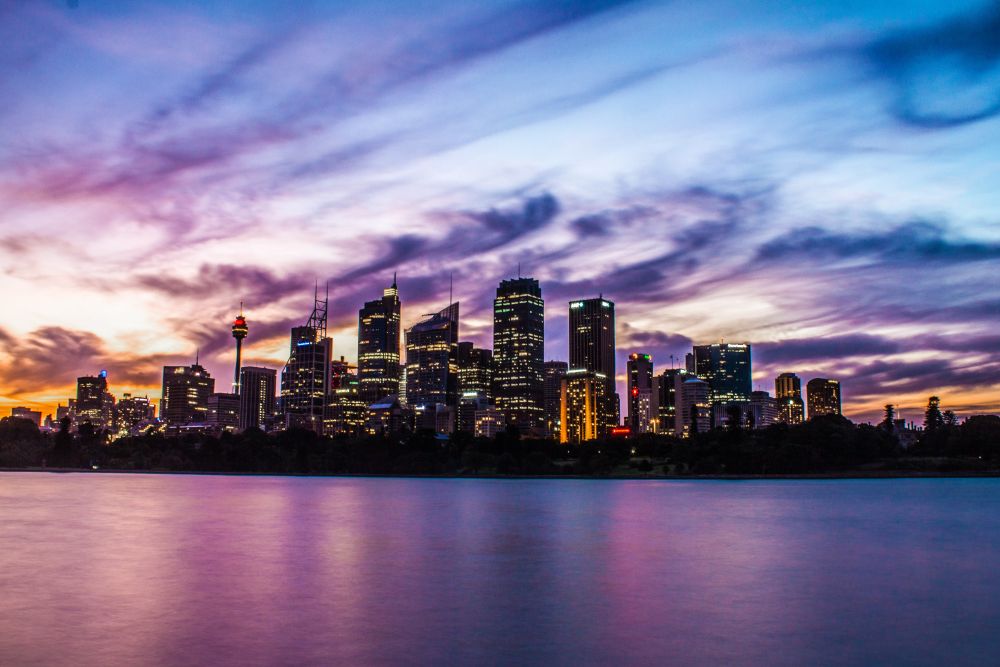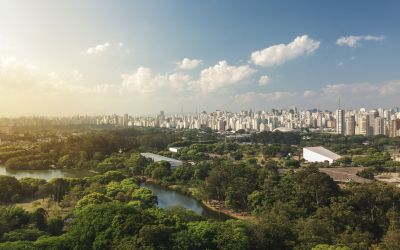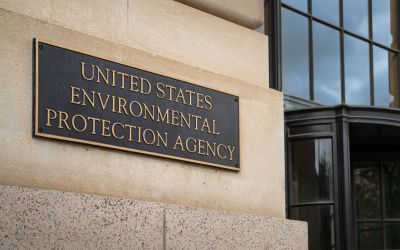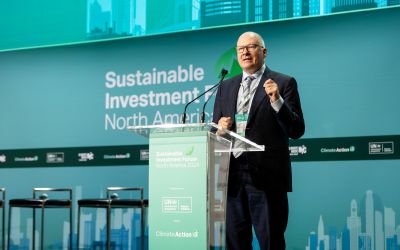Nearly half of cities lack plans to keep populations safe from climate threats
New analysis released today shows that 43% of global cities do not have adaptation plans to keep people and critical infrastructure safe from climate threats, despite the fact that awareness of climate risks has never been higher (93% of the 812 disclosing cities report that they are at risk from climate change).

New analysis released today shows that 43% of global cities do not have adaptation plans to keep people and critical infrastructure safe from climate threats, despite the fact that awareness of climate risks has never been higher (93% of the 812 disclosing cities report that they are at risk from climate change).
The analysis was conducted by CDP, the non-profit which runs the world’s environmental disclosure system for companies, cites, states and regions.
As Covid-19 continues to impact the health of populations across the globe, CDP’s new report “Cities on the Route Towards 2030: Building a Zero Emissions, Resilient Planet for All” highlights the ongoing climate action of cities during 2020 despite the pandemic and examines what is needed to meet the requirements set by climate science, to build a 1.5°C aligned and resilient future.
In the past ten years, CDP has seen a 17-fold increase in the number of cities disclosing through the CDP-ICLEI Unified Reporting System, from 48 in 2011 to 812 in 2020. Producing 70% of emissions globally and with 50% of the world’s population living within their walls, cities are critical partners in tackling climate change, cutting emissions and building a resilient future for all.
CDP’s analysis of 2020 data also shows that 41% of cities have not carried out a climate risk and vulnerability assessment (CRVA) – a key step in climate preparedness where the city identifies people, infrastructure, and resources at risk from the growing physical hazards of a changing climate.
Kyra Appleby, Global Director, Cities, States and Regions at CDP commented: “Cities are key actors in building a resilient future for all. They have a dual role to play – to reduce emissions but also to protect populations and infrastructure from the physical hazards and resulting impacts of climate change. Since March 2020, we have seen the huge and disruptive impact Covid-19 has had on lives and livelihoods across the globe, with cities needing to divert resources to saving lives, bolstering economies and protecting vital health services. Now, to build a resilient planet and ensure everyone is protected from future threats, every city must carry out a climate risk and vulnerability assessment to identify the crucial actions they must take.”
Kelly Shultz, lead for sustainable cities at Bloomberg Philanthropies, said: "Our ability to mitigate the effects of climate change depends on cities building resilience to climate risks. In the face of a global pandemic, a number of natural disasters, and an economic crisis, the need to accelerate these efforts has never been greater. Cities will require support from all levels of government, including partnerships with national governments to finance and achieve our global climate commitments."
To build resilience, cities are taking a total of 3417 actions. These actions range from tree planting and greening (20% cities) to developing hazard resistant infrastructure (10%). However, 25% of cities report budgetary constraints as a barrier to further action.
To accelerate the transition to a resilient planet for all, CDP calls on every city to disclose their climate and environmental data through the CDP-ICLEI Unified Reporting System, and carry out a climate risk and vulnerability assessment.
Find out more here.






